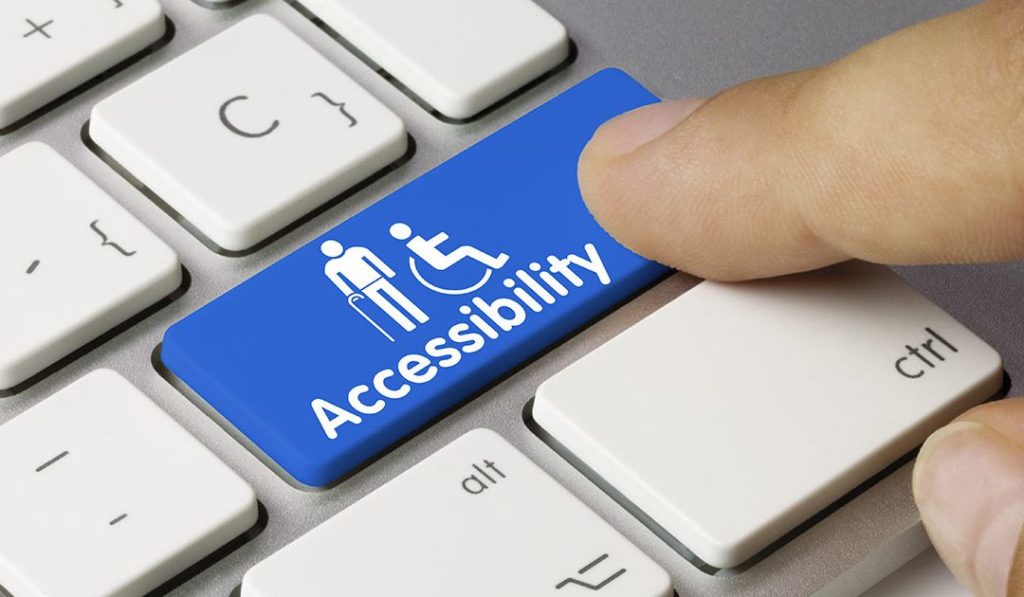The American with Disability Act was introduced to allow equal access to goods, services, and communications to people with disabilities. Section 508 from the Rehabilitation Act focuses on the same thing. But Section 508 specifically focuses on accessibility to Information Communication Technologies. Section 508 specifically says that all government agencies and services must be in full compliance with Section 508 by providing easy access to people with disabilities while using their services online. The ADA is a wider term used to cover all types of accessibility on all entities, including government and non-government organizations, businesses, public and private services, federal agencies, etc. Section 508, on the other hand, covers disabled people while browsing online.
Why is Digital Accessibility Important? And What Does it Means For Your Business?

Img source: akeaweb.com
Put it this way, the internet was created so that everyone can use it. No one should be discriminated from using the World Wide Web, these are words said by the creator of the Web itself, Tim Berners-Lee.
But in the past, people with disabilities had a very hard time using the internet. People with visual impairments could not view a website’s content, nor could people with hearing disabilities listen. This made it significantly hard for them to access the services the Web provides everyone. So that’s why, the Web Content Accessibility Guidelines were created, and Section 508 and ADA specifically focus on these. Each website must be in full compliance with WCAG, otherwise, Google and other search engines will greatly damage your ranking and could even sanction penalties. Having a website not-WCAG compliant is similar to blatantly denying entry to a disabled person in your store.
How to be Digitally Accessible?
To become digitally accessible, you first must hire a company that specializes in it. According to kyledavidgroup.com, an experienced company needs to perform an audit to determine the areas of your website that need remediation. This company will provide you a report that can help your developers specifically focus on those areas. Through their help, you can make the necessary changes to accommodate disabled users while browsing your website. This will bring you into full compliance with Section 508 and ADA.
How to Continue Being Accessible?

Img source: nico.associates
Each new content posted on your website might make it inaccessible to disabled people. Each new photo, file, even text, makes your website inaccessible if the necessary changes are not made to that content. For example, each photo uploaded on your website has an “alt” tag that is specifically there to help people with view impairments “read” the photo. The alt tag is designed so that you can add a brief description of the photo, and it notifies people with view impairments that there is a photo present. Since people with view impairments use a device called “screen reader” to view a website’s content, the screen reader essentially “reads” the HTML code and translates it to the user.
Another very important part of WCAG, ADA, and Section 5, is the use of PDF documents. PDF documents are alternative formats in which content cannot be changed or edited. PDFs can also be downloaded and printed. However, a large downside to PDF is the fact that they don’t work with screen readers or other assistive technologies.




